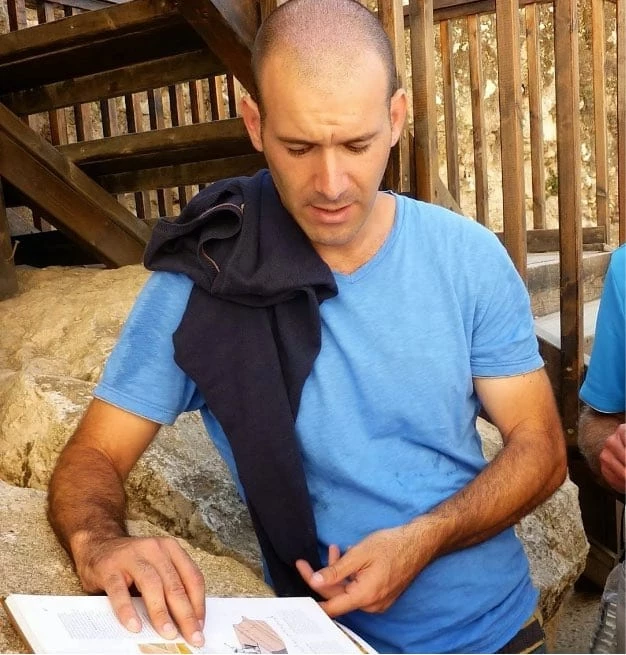Amidst the ancient landscapes of the Holy Land, the majestic Griffon Vulture soars as a symbol of nature’s intricate balance and the profound ties between wildlife and the region’s diverse ecosystems. Moreover, with its impressive wingspan and vital role in the ecosystem, this remarkable bird showcases the intricate dance between nature and the land of Israel.
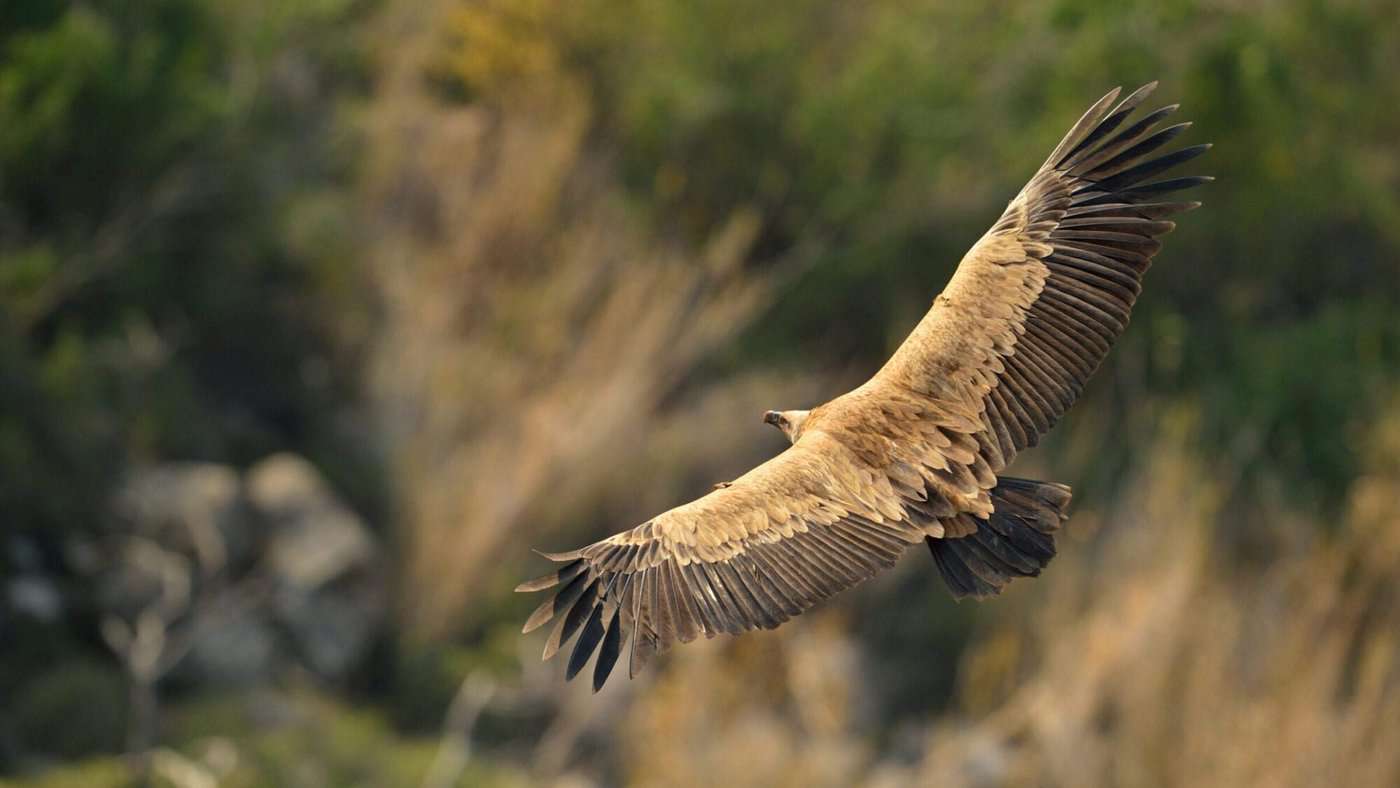
The Griffon Vulture – Ecosystem Guardian:
The Griffon Vulture is more than a magnificent creature; it plays a crucial role in maintaining the ecological equilibrium of the region. As a scavenger, it serves as a natural waste disposal unit, helping prevent disease and contribute to the environment’s health.
The Buzzard
Cultural Symbolism:
Throughout history, the Griffon Vulture has held cultural significance in Israel. In some ancient traditions, it symbolized protection and was revered as a sentinel of the skies, embodying strength and grace.
Hai Bar Carmel Nature Reserve
The Griffon Vulture – Migration Pathways:
The land of Israel serves as a pivotal stop on his migratory journey between Europe and Africa. As these birds traverse the skies, they weave together the stories of distant lands and contribute to the global biodiversity network.
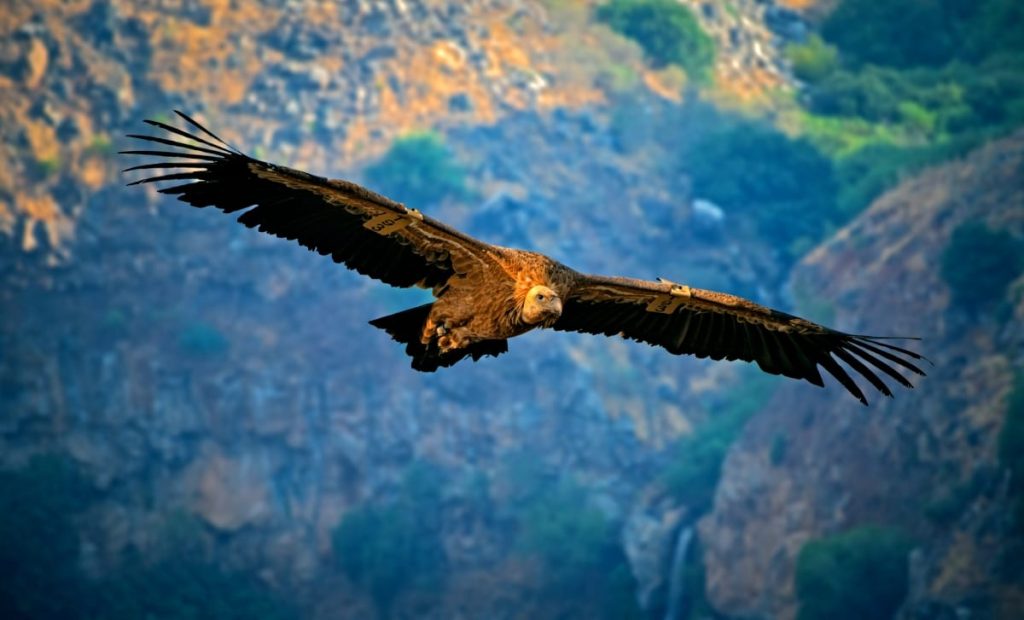
Biblical Allusions:
The Griffon Vulture’s presence carries echoes of biblical times, often mentioned in ancient texts as part of the local fauna. Its appearances in religious narratives link the natural world and spiritual teachings. For example, in 2 Samuel Chapter 1, when David hears about King Saul’s death (his father-in-law) and his son Jonathan, he laments by mentioning the vulture. The same is true in the Book of Exudos concerning the Israelites at Mt. Sinai. God says they will be carried to him on vultures’ wings over the desert.
Gamla Nature Reserve
Conservation Efforts:
In addition, the Griffon Vulture population has faced challenges due to habitat loss and other environmental pressures. Moreover, conservation efforts in Israel strive to protect these magnificent birds, preserving their role in the ecosystem and contributing to the broader tapestry of biodiversity.
Nature’s Ambassadors:
So, observing the Griffon Vulture in the land of Israel is an opportunity to witness the intricate web of life that sustains this region. Furthermore, it reminds us of the delicate balance between humanity, wildlife, and the natural world.
Golan Heights Day Tour
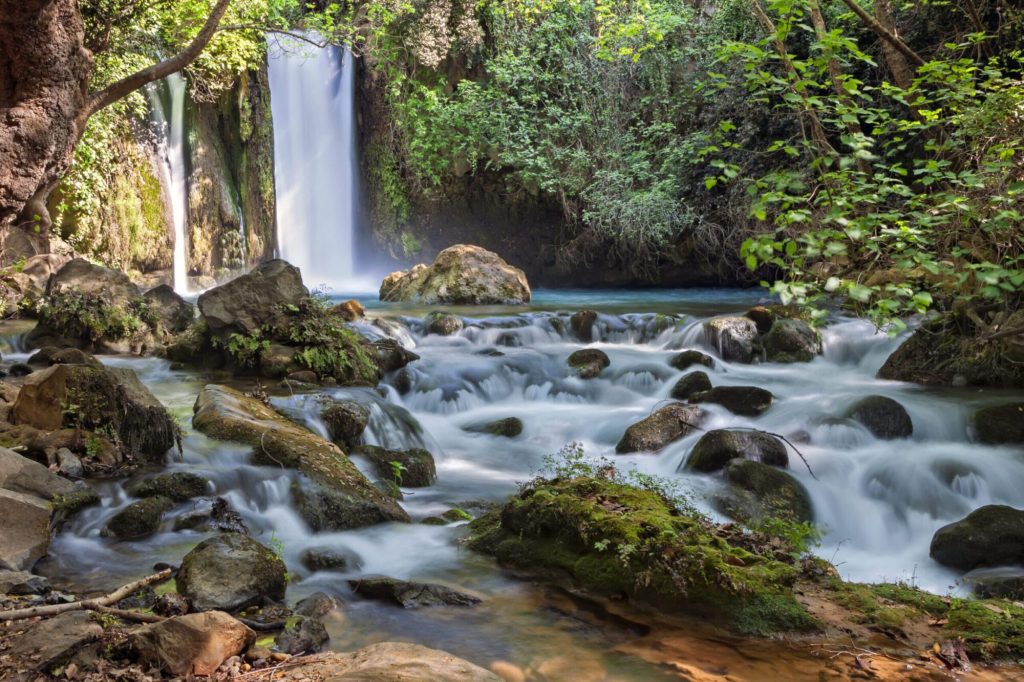
Photographer’s Delight:
Moreover, the Griffon Vulture offers a captivating subject for nature enthusiasts and photographers. So by capturing these birds in flight against the backdrop of Israel’s diverse landscapes captures the essence of the connection between creature and environment.
Birdwatching in the Hula Valley
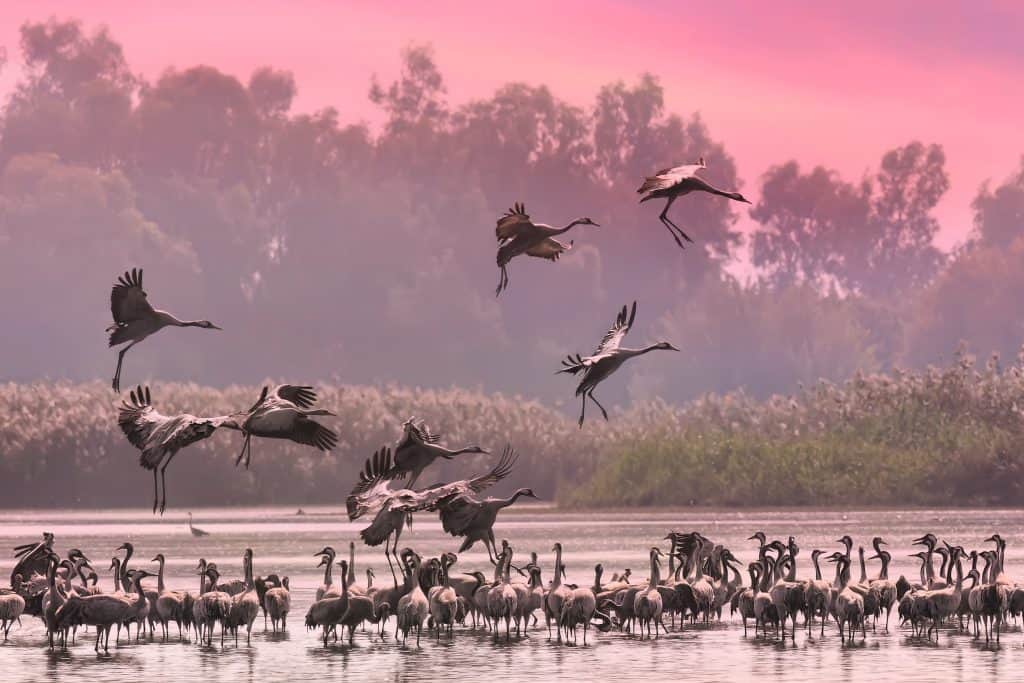
Living Heritage:
Furthermore, the presence of the Griffon Vulture in the land of Israel is a reminder that nature’s beauty and significance transcend borders. Moreover, it’s a living testament to the interconnectedness of all life forms that call this region home.
The Griffon Vulture – Wings of Wonder:
So, as this majestic bird continues to glide through the skies of the Holy Land, it carries with it the legacy of generations past. It inspires a commitment to safeguarding the natural world for generations to come.
Ein Avdat National Park

Last, in the realm where wildlife and landscapes converge, the Griffon Vulture embodies the harmonious relationship between nature and the land of Israel, beckoning us to cherish, protect, and celebrate the beauty of our shared environment.

